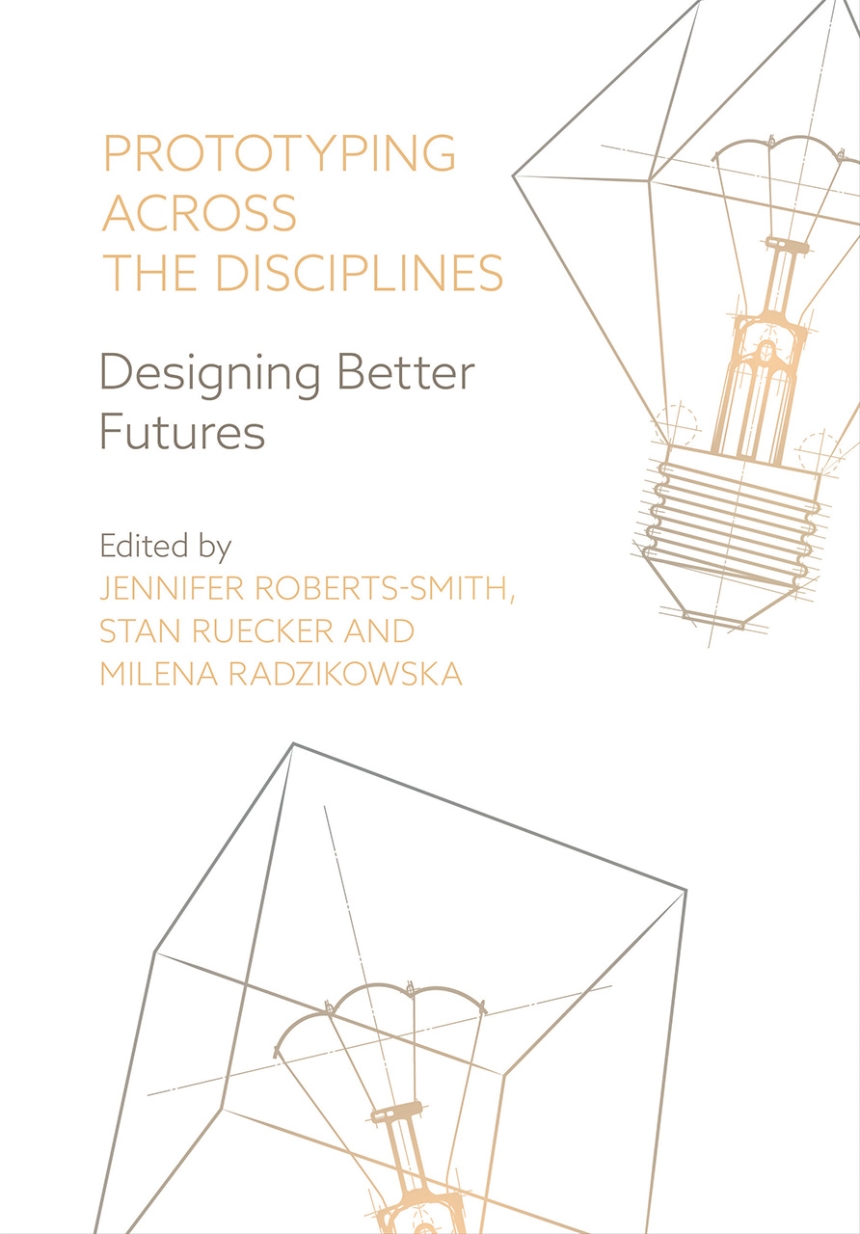Fields of study progress not by understanding more about what already exists, although that is a useful step, but by making guesses about possible better futures. The guesses consist of small forays into those futures, using strategies that are variously called learning through making, research through design, or more simply: prototyping. While traditionally associated primarily with industrial design, and more recently with software development, prototyping is now used as an important tool in areas ranging from materials engineering to landscape architecture to the digital humanities. This book collects current theories and methods of prototyping across a dozen disciplines and illustrates them through case studies of actual projects, whether in industry or the classroom.
Prototyping Across the Disciplines provides context, a theoretical framework, and a set of methodologies for interdisciplinary collaboration in design. Each chapter offers a different disciplinary perspective on prototyping and provides a case study as a point of comparison for identifying commonalities and divergences in current practices. In examining the central role of prototyping in design research, this edited collection demonstrates theoretical and methodological transferability across disciplines not typically thought to be related, including post-human design, theatre, tabletop game design, landscape architecture, and arts entrepreneurship.
Table of Contents
Introduction
- Our goals
- What’s ahead
PART 1: QUESTIONING ASSUMPTIONS
1.1 Cosmopolitical interventions: Prototyping inter-species encounters
By Martin Tironi and Pablo Hermansen
1.2 How industrial prototypes behave thru structure, function, and material
By Zhabiz Shafieyoun and Gerry Derksen
1.3 To design is to pretend: Observational modeling and Analysis by children
By Teresa Dobson, Ernesto Peña and Milena Radzikowska
1.4 Prototyping text analysis in the motorcycle shop
By Milena Radzikowska, Alyssa Kelle and Madison Snell
PART 2: PROBLEM SOLVING
2.1 Prototyping with physical-digital interactions: Conceptual models for hacking the constructed world as an inquisitive process
By Juan De La Rosa
2.2 Designing tabletop games with the use of prototypes
By Simone L. Sperhacke and Maurício M. E. S. Bernardes
2.3. Octagonal research globe for prototyping emergent immersive reality experiences
By Lisa E. Mercer and William C. Bullock
2.4 Persist, pivot or punt: The role of prototyping in teams involved in a commercial arts-led innovation programme
By David Goodwin & Jill Tomasson Goodwin
PART 3: DESIGNING DISRUPTION
3.1 Making and appreciating theatre: Lessons in ethical relationality and prototype expansion
By Kathleen Gallagher and Scott Mealey
3.2 Prototyping and the critical practice of landscape architecture
By David L. Hays
3.3 Teaching materials engineering through embodied cognition
By John A. Nychka and Glenn D. Hibbard
3.4 Using prototypes to develop research questions
By Stan Ruecker and Guilherme Englert Corrêa Meyer
Conclusion
- 1. What we’ve learned
- 2. Final thoughts
References

